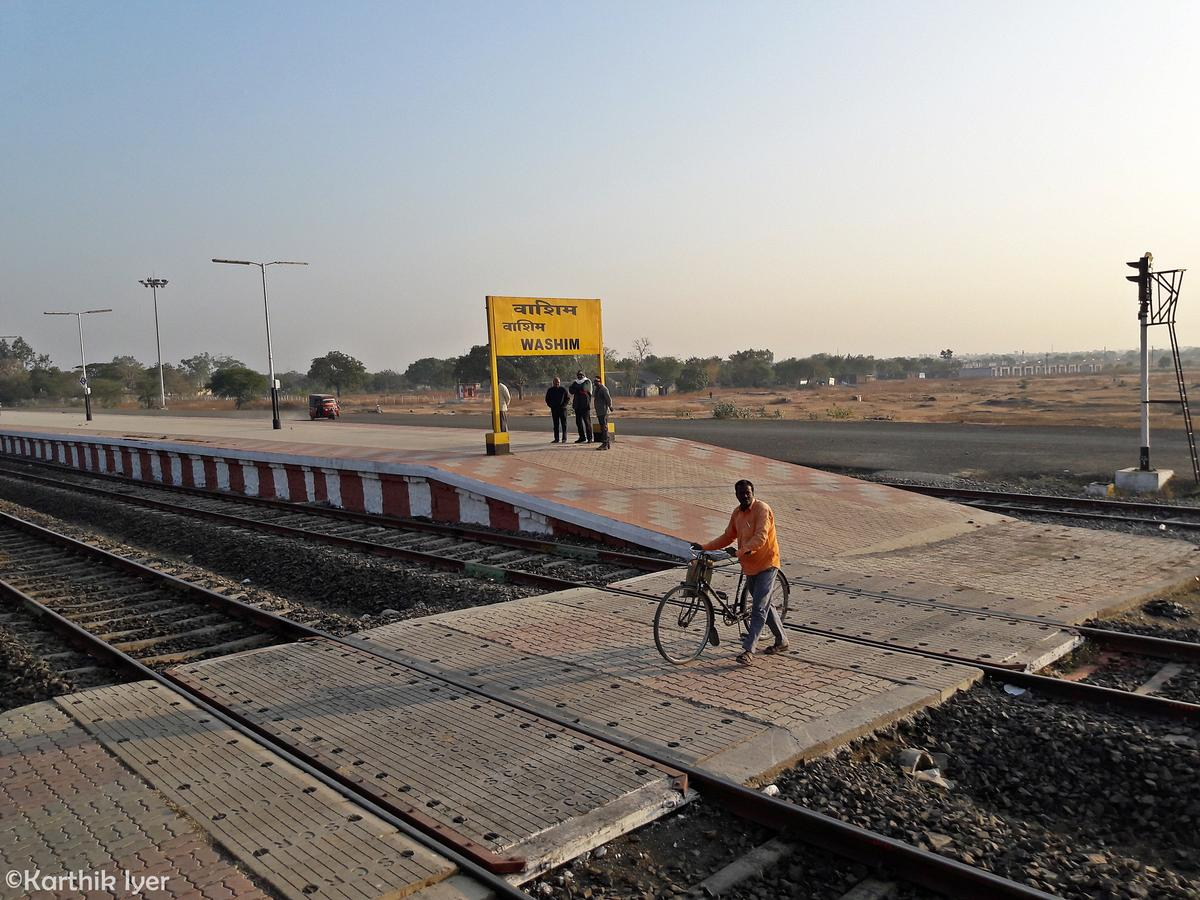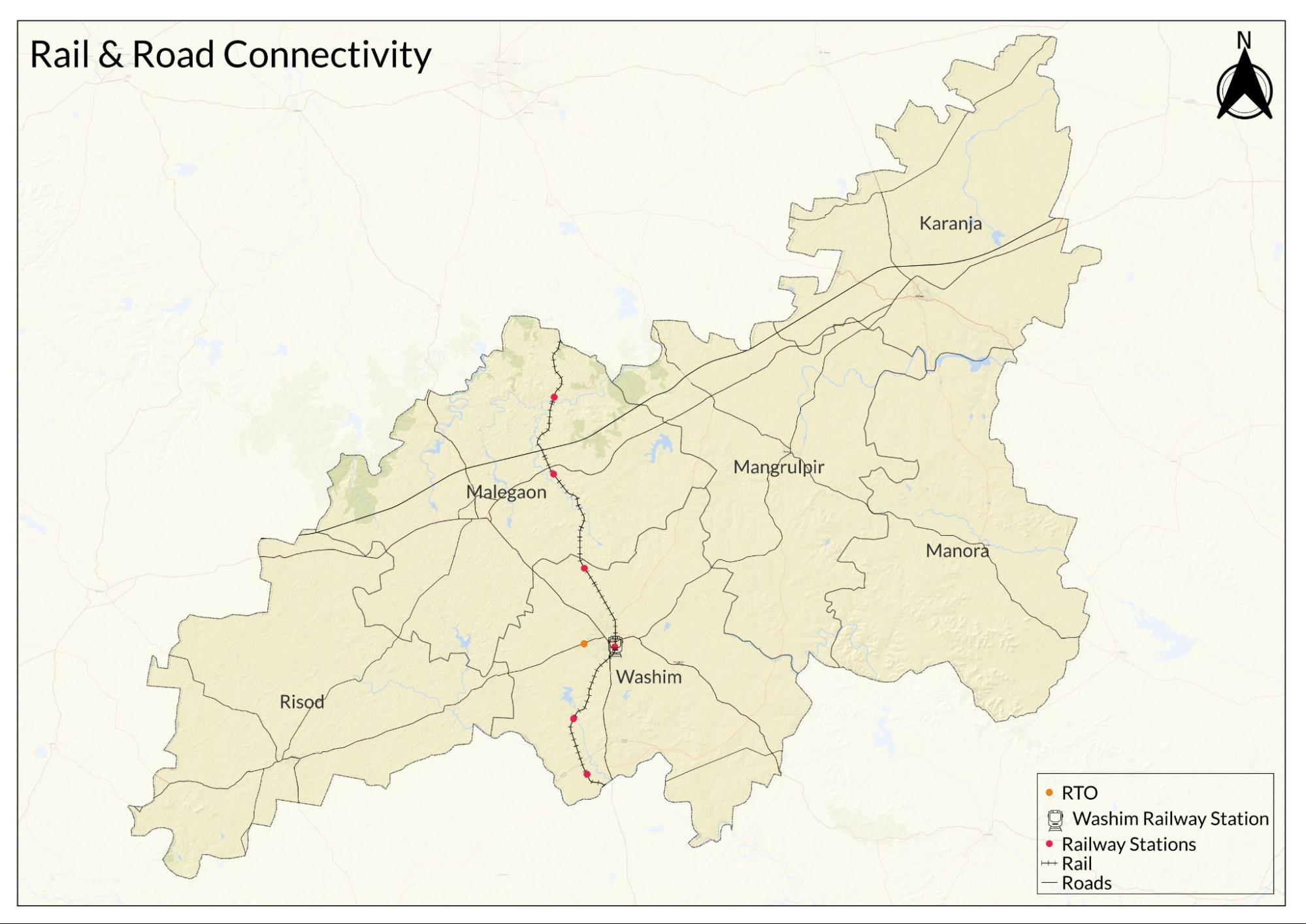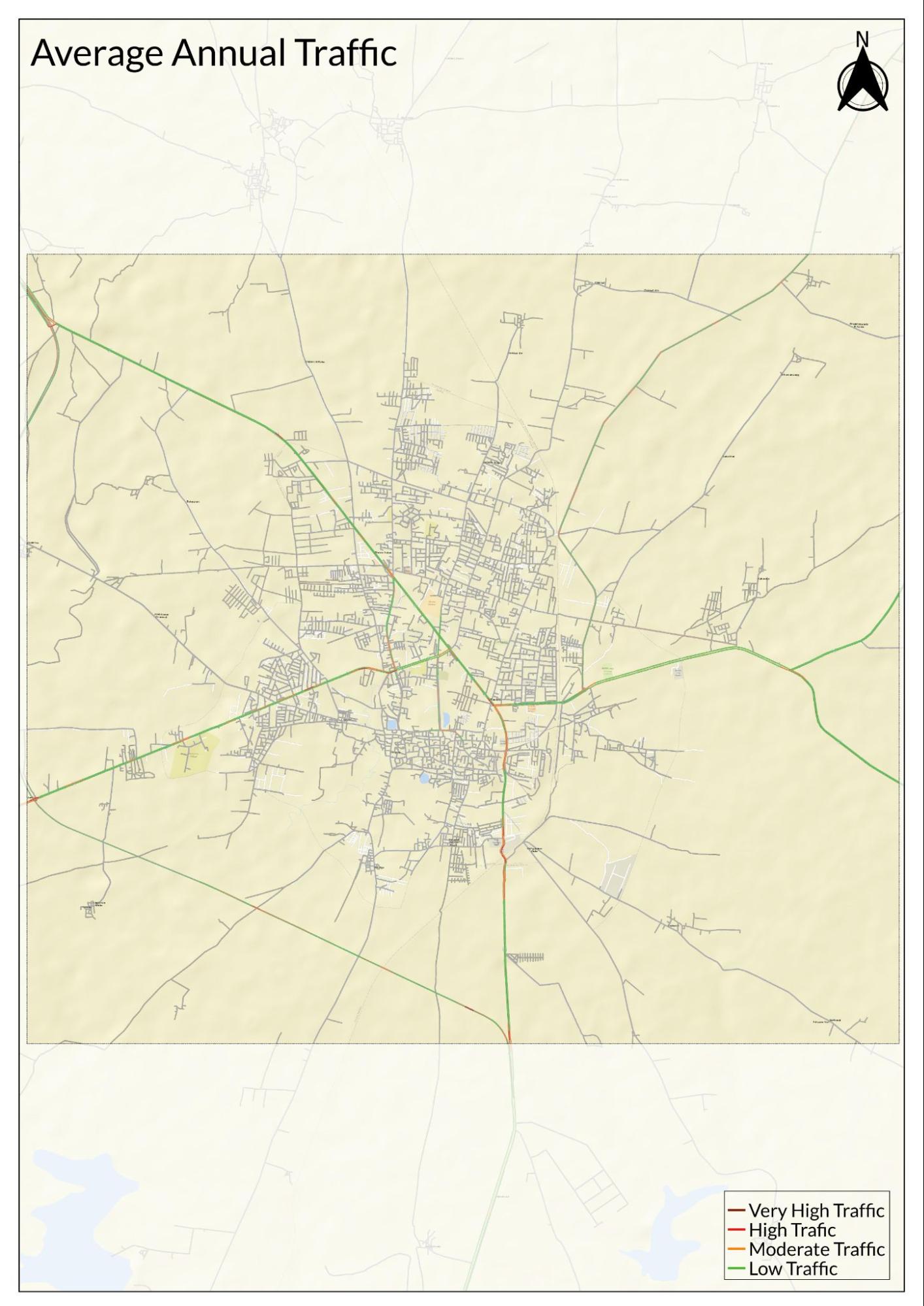Contents
- History
- Trade & Ancient Routes
- Growth of Local Trade in the 18th Century
- Traditional Means of Daily Conveyance
- Modes of Transport
- Train & Rail Systems
- Overview of Bus Networks
- Cycling Infrastructure
- Traffic Map
- Communication Networks
- Newspapers & Magazines
- Radio & Broadcasting
- Postal Services
- Graphs
- Road Safety and Violations
- A. Cases of Road Safety Violations
- B. Fines Collected from Road Safety Violations
- C. Vehicles involved in Road Accidents
- D. Age Groups of People Involved in Road Accidents
- E. Reported Road Accidents
- F. Type of Road Accidents
- G. Reported Injuries and Fatalities due to Road Accidents
- H. Injuries and Deaths by Type of Road
- I. Reported Road Accidents by Month
- J. Injuries and Deaths from Road Accidents (Time of Day)
- Transport Infrastructure
- A. Household Access to Transportation Assets
- B. Length of Roads
- C. Material of Roads
- D. Licenses Issued
- Bus Transport
- A. Number of Buses
- B. Number of Bus Routes
- C. Length of Bus Routes
- D. Average Length of Bus Routes
- E. Daily Average Number of Passengers on Buses
- F. Revenue from Transportation
- G. Average Earnings per Passenger
- Communication and Media
- A. Household Access to Communication Assets
- B. Newspaper and Magazines Published
- C. Composition of Publication Frequencies
- Sources
WASHIM
Transport & Communication
Last updated on 6 November 2025. Help us improve the information on this page by clicking on suggest edits or writing to us.
History
Trade & Ancient Routes
The early history of transport and communication in Washim is not well documented. However, its identification with the ancient city of Vatsagulma, the capital of a branch of the Vakataka dynasty, suggests that systems of organised movement and exchange would have existed. The town’s position in the Deccan interior likely placed it along regional trade routes, although the specifics remain unclear.
Growth of Local Trade in the 18th Century
By the 18th century, more concrete records point to Washim’s emergence as a regional centre for textile production. Alongside Balapur (Akola), it became known for its cloth industry and interestingly this anecdote finds its mentions in historical agreements of the time. It is noted in the Akola district Gazetteer (1977) that the Treaty of Kanakpur (1769), concluded between Janoji Bhonsale and Peshwa Madhavrao, in which the Bhonsales agreed to supply cloth worth ₹5,000 annually from Washim and Balapur to the Peshwa’s court. Such arrangements highlight Washim’s integration into wider networks of exchange.
Traditional Means of Daily Conveyance
By the colonial period, travel and transport were primarily conducted by bullock-carts, locally referred to as chhakdas. These carts were widely used for carrying both passengers and agricultural produce, especially in rural areas. It is mentioned in the Akola district Gazetteer (1977) that roads at the time were largely unpaved and often became difficult to navigate during the rains, disrupting seasonal trade and movement. It is important to note that during the colonial era, Washim formed part of the larger Akola district and was situated on its periphery. This administrative and geographic positioning may have contributed to the relatively slower pace of infrastructural development in the area.
In earlier decades, it is said that few roads were motorable and long-distance transport was slow and laborious. Improvements began gradually in the late 19th and early 20th centuries with the introduction of railways and the formalisation of road networks. However, in many parts of the district, traditional modes of transport continued to serve local needs well into the post-Independence period.
Modes of Transport
Train & Rail Systems
Washim is presently served by key routes under the South Central Railway, with Washim Railway Station functioning as the primary railhead. The line passing through Washim connects the district to Purna (Parbhani district) and Akola, and continues further towards Nanded and Hyderabad, supporting both passenger movement and goods transport. Among local stations, it is noted in the Akola district Gazetteer (1977) that Karanja continues to hold importance for its part in the cotton trade, having once dispatched large quantities each year.

The main railway lines serving Washim include:
- Nagpur branch of the Great Indian Peninsula Railway, which began operations in 1867. This line connected Akola and Washim to Nagpur and further to the Nizam’s dominions.
- Bombay–Nagpur–Calcutta line, which linked these districts westward to Mumbai’s markets and eastward towards Kolkata. Villages along this corridor gained better access to trade and markets.
- Khandwa–Hingoli–Purna metre-gauge line, opened in 1961. This route joined with the Manmad–Kacheguda railway at Purna (Parbhani district), making it easier to transport cotton and other produce to distant buyers.

Overview of Bus Networks
Washim’s public transport is chiefly served by the Maharashtra State Road Transport Corporation (MSRTC), which runs regular services linking towns and villages to nearby districts and cities. Private operators also run on many routes, meeting local demand alongside state services.
The bus transport system in the district has a long and notable history. Passenger services in this part of the Vidarbha region first began in the early 1940s under private operators such as M/s Mechanical Transport Ltd. and the Nagpur Omnibus Company. By the mid-1950s, these services came under state management and were later unified as the Maharashtra State Road Transport Corporation (MSRTC) in 1961. Since then, the MSRTC has remained the mainstay of road travel in the district.
Cycling Infrastructure
Bicycles have long served as an important mode of daily transport for many residents of the district, especially for short distances. Though dedicated cycling lanes are absent, people continue to rely on bicycles as an affordable and practical means of travel.
In earlier years, it is noted in the Akola district Gazetteer (1977) that small bicycle repair shops and roadside mechanics offering repairs, spare parts, and occasional rentals formed a part of the local service economy in both Akola and the area now comprising Washim. Their presence suggests the widespread use of bicycles in daily life at the time.
Traffic Map

Communication Networks
Newspapers & Magazines
Washim district is served by a range of Marathi newspapers that provide coverage of local, regional, and national news. Prominent among these are Lokmat, Sakal, and Deshonnati, all of which maintain regular circulation in the district.
Radio & Broadcasting
Washim hosts a community FM station, Radio Vatsagulm 90.8 FM, locally known as FM Washim. The station broadcasts in both Marathi and Hindi and features a mix of music and community programming. It serves as a local platform for announcements, interviews, and awareness campaigns.
Postal Services
Locals say that the postal system in Washim has historically functioned as both a communication and savings infrastructure. Local post offices once played a key role in small savings schemes and government benefit disbursements.
In recent years, however, changes in policies related to account maintenance and withdrawals have led to public concern. Cardholders have reported fines for account inactivity, and navigating procedures for newer schemes often requires multiple visits. These issues have contributed to a decline in the post office’s role as a preferred savings institution.
Graphs
Road Safety and Violations
Transport Infrastructure
Bus Transport
Communication and Media
Sources
Maharashtra State Gazetteers. 1977. Akola District. Gazetteers Department, Government of Maharashtra, Mumbai.
World Health Organization. Road Safety. WHO, Geneva.https://www.who.int/health-topics/road-safet…
Last updated on 6 November 2025. Help us improve the information on this page by clicking on suggest edits or writing to us.